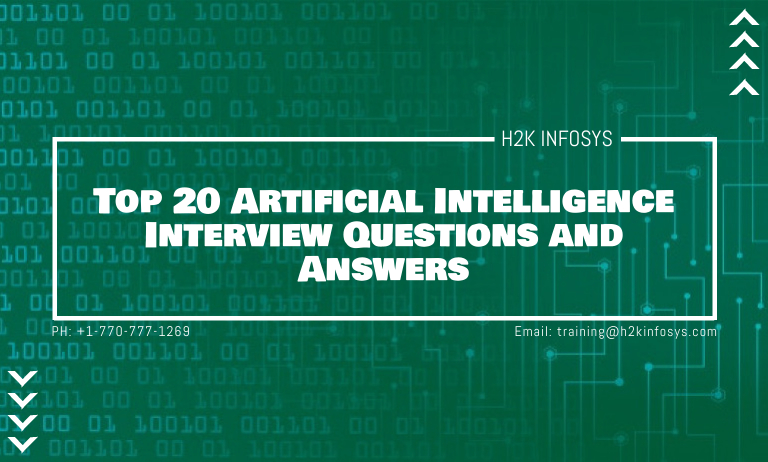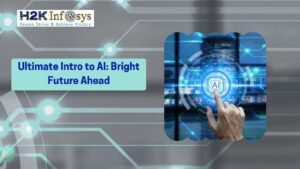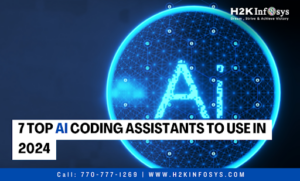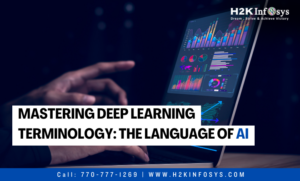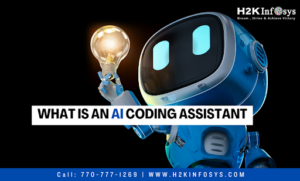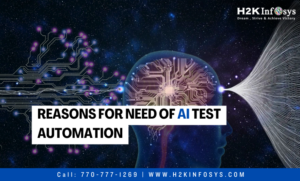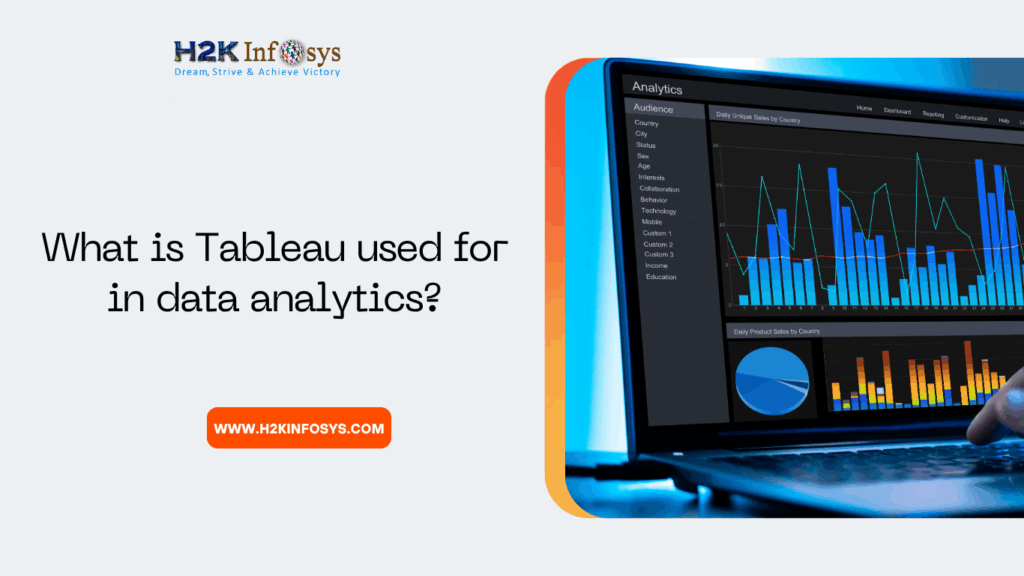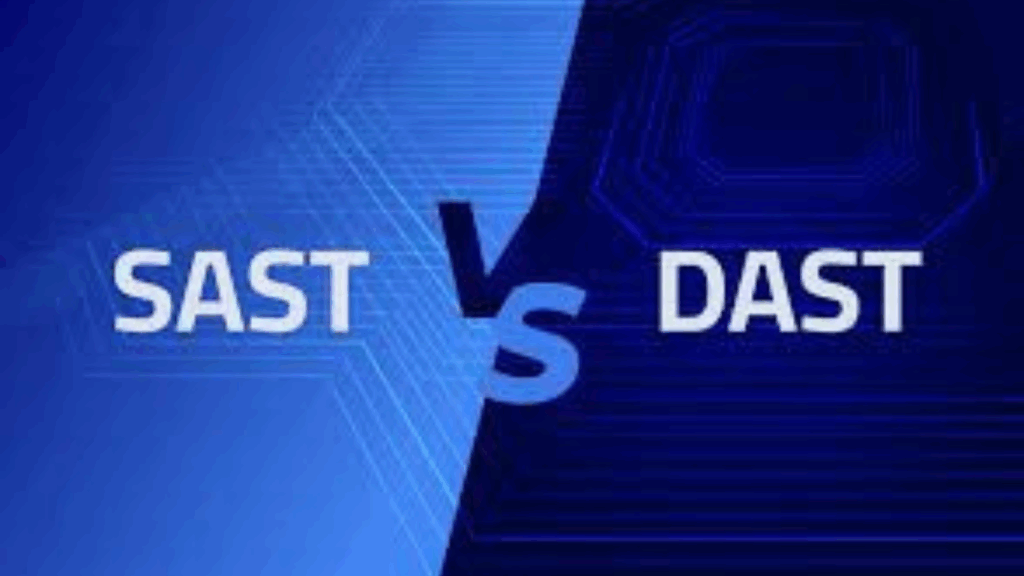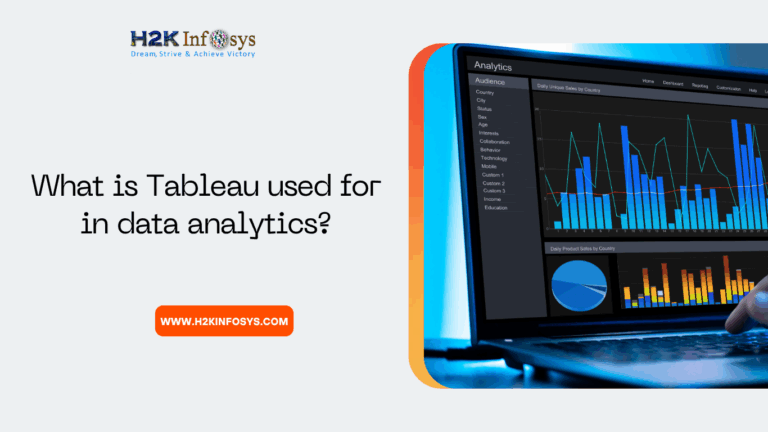Due to the enormous benefits of artificial intelligence (AI), and the present-day trend of companies incorporating AI into their entire work process, there has been a recent increase in demand for artificial intelligence experts, AI specialists, machine learning engineers, AI engineers, and other AI-related professionals. Either you are seeking to become a professional in artificial intelligence and related fields or you are already practicing with a company, there is a need for you to keep developing yourself in the field. This you can achieve by reading books and materials on artificial intelligence. Or you can sign up for any of the numerous artificial intelligence online training available on the net. Depending on the branch of artificial intelligence you desire to be well-grounded in, there are a couple of AI courses that you can choose from, ranging from artificial intelligence certification course, deep learning course, data analytics, machine learning course, and so on.
However, acquiring comprehensive knowledge and getting certified as an AI professional is just a part of the requirements that you need to get a job in the field. Now, after successfully applying for the job, the next thing you want to talk about is how to prepare for the job interview. There are key questions that are normally asked in any artificial intelligence job interview. In this tutorial, we would be learning about the top 20 artificial intelligence interview questions and answers. So you can memorize them for your next job interview.
1. Define artificial intelligence
Artificial intelligence is an aspect of computer science and engineering that focuses on the building and advancement of machines to perform high intelligent functions that are originally performed by humans.
2. Mention the types of Artificial intelligence that we have
Reactive machines:
Reactive machines are types of artificial intelligence that function by using current data to execute tasks that are assigned to them. It does not reserve memory. Hence it cannot utilize past experiences to perform an action.
Limited memory AI:
This is the kind of AI found in autonomous cars. The system is able to detect the presence of a nearby vehicle regularly and add it to its memory.
Self-awareness Artificial intelligence:
This kind of AI has the conscious ability of humans and is able to respond to tasks the way humans would do.
Artificial narrow intelligence:
This kind of AI is applied in developing virtual assistants like Alexa, nina, jibo, and the likes. It is a general-purpose AI.
Theory of mind:
This kind of artificial intelligence is highly advanced and is capable of dealing with emotions, human beings and other real-life objects.
3. Describe one practical application of AI
A practical application of AI is Amazon Alexa. Alexa is a virtual assistant product of artificial intelligence developed by Amazon. Alexa is able to provide answers to any questions asked. Hence the virtual assistant is able to provide help to the user when in need. For instance, you can ask Alexa to tell you today’s date and it will provide you with the appropriate answer.
4. What is the relationship between artificial intelligence and machine learning?
Artificial intelligence is a branch of computer science that involves building machines to work like humans. While machine learning is a branch of artificial intelligence that deals with training machines to perform tasks by providing relevant data and allowing the machines to learn how to respond to tasks on their own rather than programming the codes on the machines.
5. What is Q-learning?
Q-learning is a kind of reinforcement algorithm that does not require a model to function. It involves learning the actual action taking place in the environment.
6. What is deep learning?
Deep learning is a branch of machine learning that is capable of learning from past experiences via the use of neural networks. Its functioning can be likened to that of the human brain. It consists of three layers including the input layer, hidden layer, and output layer. The input layer receives data and passes it to the hidden layer where the data is processed and then finally passed to the output layer where the outcome is computed and information is transferred and made available for use.
7. What are Bayesian networks?
A Bayesian network is a model that provides data in form of probabilities and likelihood of events and these data are presented in an acyclic graph. It can be applied in the diagnosis of disease, problem detection, reasoning, and in predicting outcomes of events.
8. What is a minimax algorithm?
The Minimax algorithm is a backtracking algorithm that is applied in artificial intelligence in the area of decision making so as to provide the best move for the player assuming the opponent is posing an attack.
9. How can AI be used in fraud detection?
AI can be used in fraud detection by incorporating machine learning algorithms, deep learning as well as computer vision in the detection of threats and anomalies as well as checking hidden data configurations.
10. Mention the key steps applied in machine learning?
- Data gathering
- Data sorting
- Exploration and analysis of data
- Data modeling
- Evaluation of model
- Optimization of model
- Deployment of model
11. Define artificial intelligence neural networks?
Artificial intelligence neural network (ANN) consists of a collection of nodes that are interconnected. These nodes are referred to as artificial neurons and they function similarly to the biological neurons in the brain of animals.
12. List the programming languages that are used in artificial intelligence
- Python
- C++
- JAVA
- LISP
- Prolog
13. How can we test the intelligence of a machine?
The intelligence of a machine can be tested in artificial intelligence by carrying out a Turing test. A Turing test is carried out to determine whether a machine is able to think like a human or not.
14. What is an agent in artificial intelligence?
In artificial intelligence, an agent is described as anything that can make decisions by perceiving its environment via sensors and is also able to act upon its environment via effectors. Examples of agents include humans, robots, and chatbots.
15. Describe a heuristic function
A heuristic function is a kind of function that is able to make use of available data to position alternatives in search algorithms at every branching step and chooses the next branch to follow.
16. Define Ensemble learning
Ensemble learning is a process in artificial intelligence which involves the combination of numerous models like experts and classifiers, which are generated strategically to solve a specific mathematical problem.
17. How can you describe regularization in machine learning?
In machine learning, regularization is a process that helps to checkmate overfitting by avoiding the learning of complicated models. This is achieved by reducing coefficients to minute values close to zero.
18. Differentiate between model performance and model accuracy.
Model performance describes the extent to which the model matches with the actual system and it depends on the dataset that is inputted into the algorithm. Whereas, model accuracy is an aspect of model performance and is determined by model performance.
19. List three techniques for selecting features in machine learning.
- The Wrapper approach
- The Filter approach
- The Embedded approach
20. What is a recommendation system?
A recommendation system is a relevant category of machine learning algorithms that provides relevant options for the user to choose from. It is utilized in the prediction of user preference by considering the previous choices made by the user while using the system.
